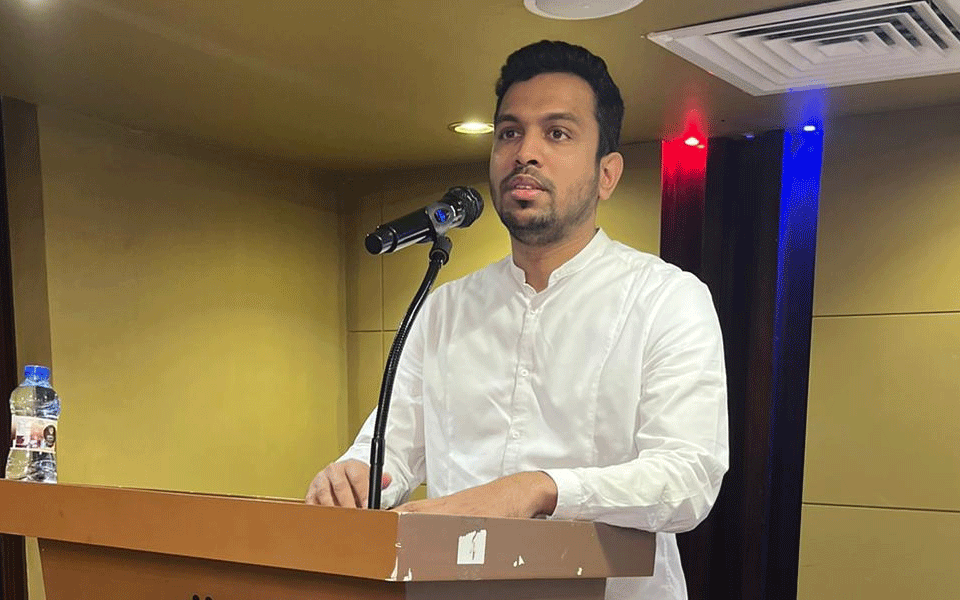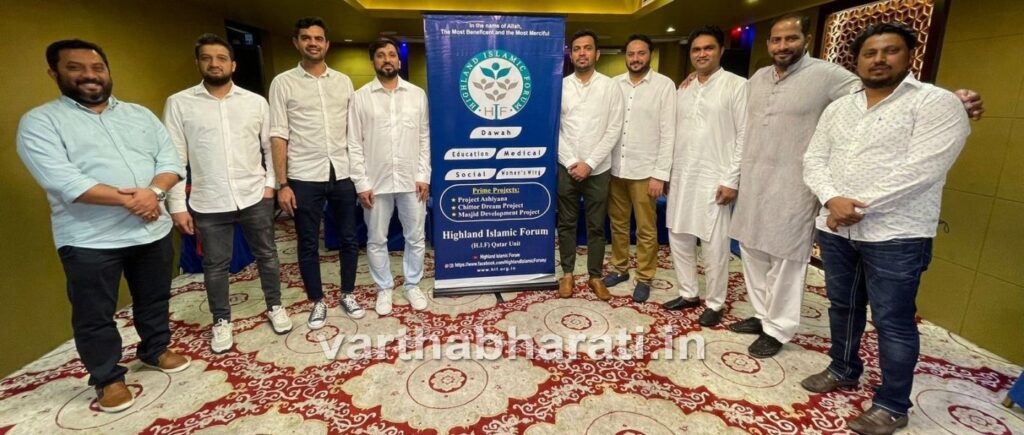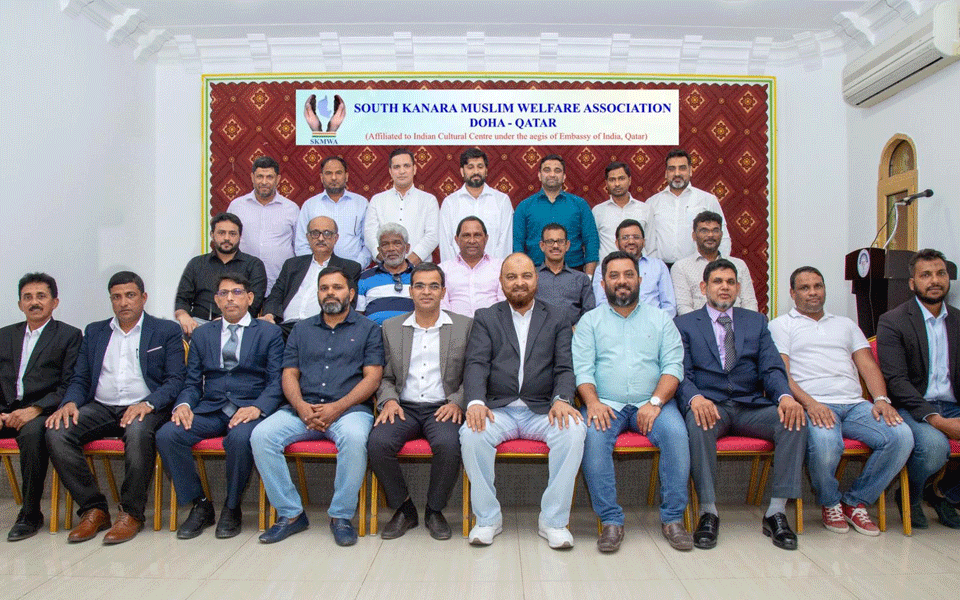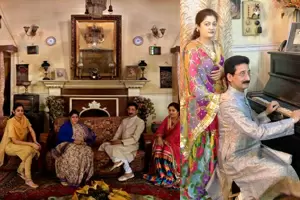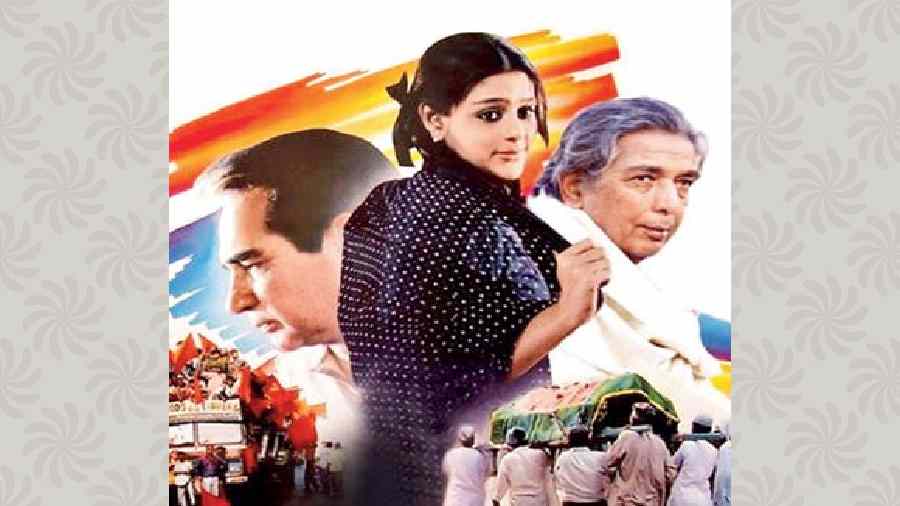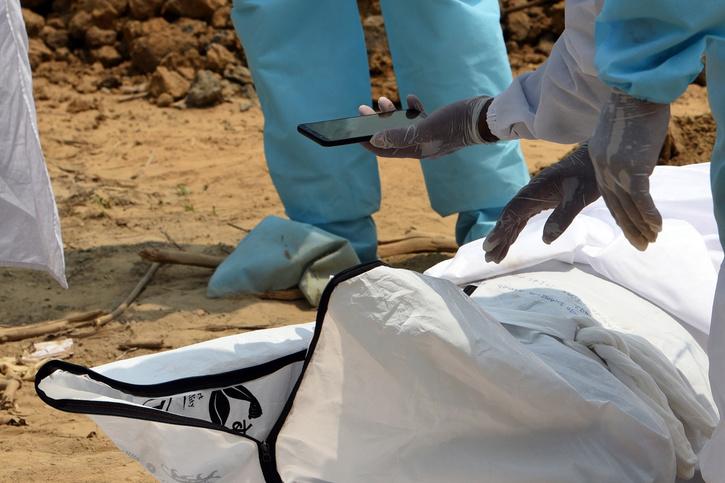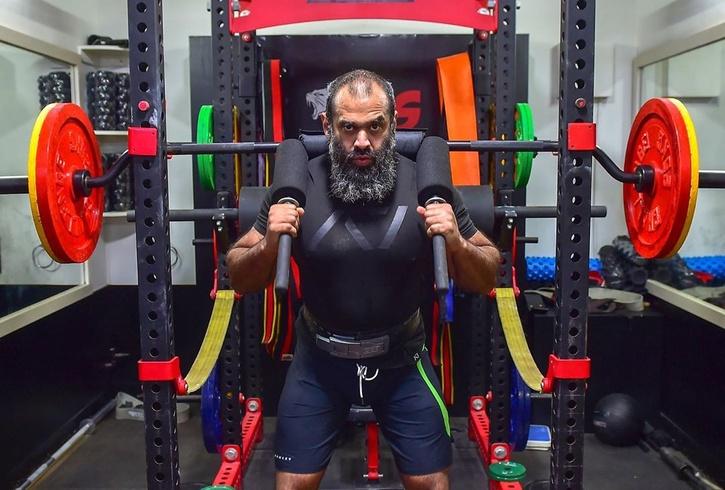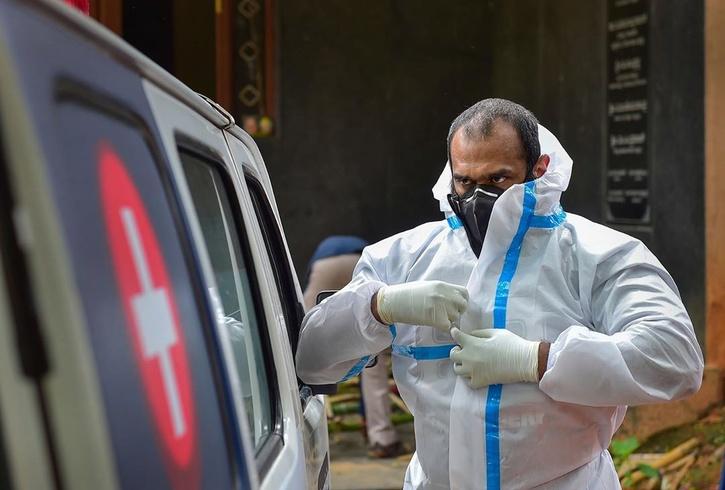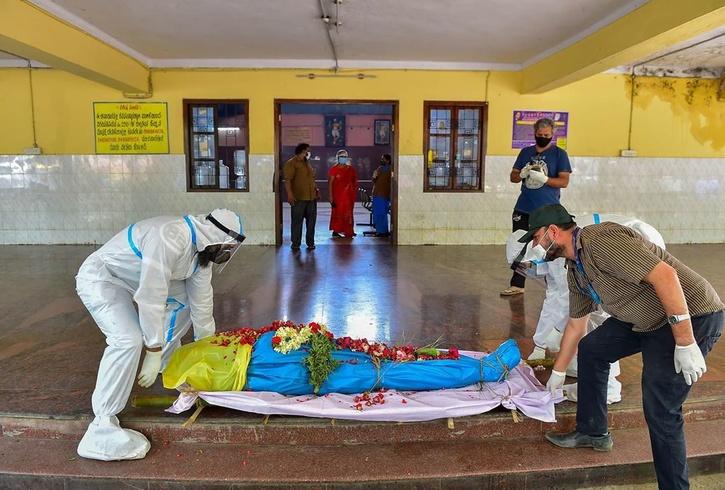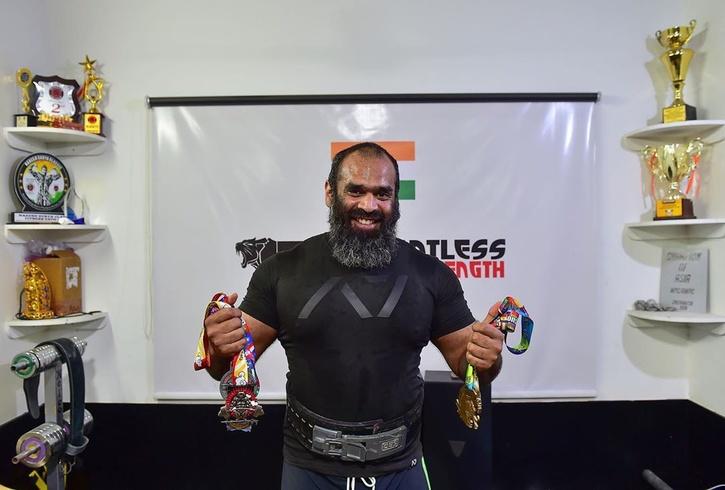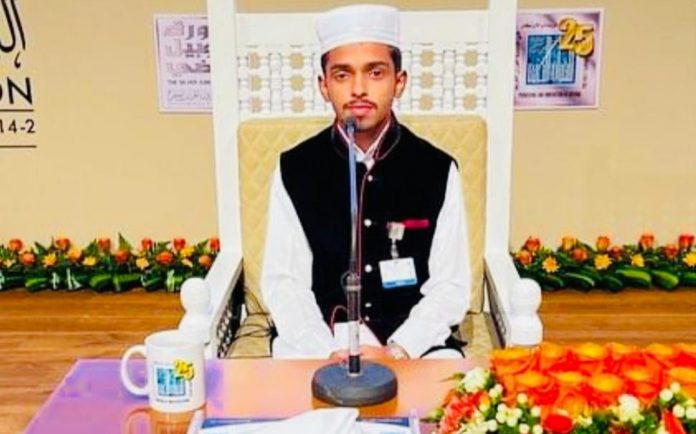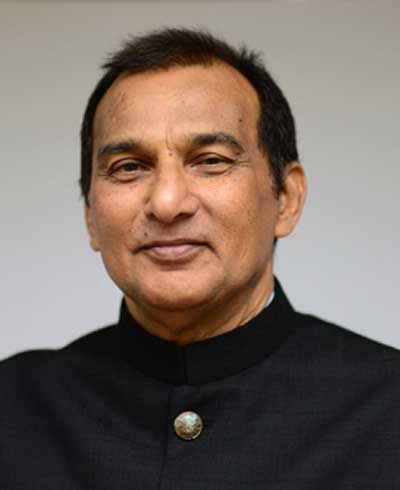NEW DELHI :
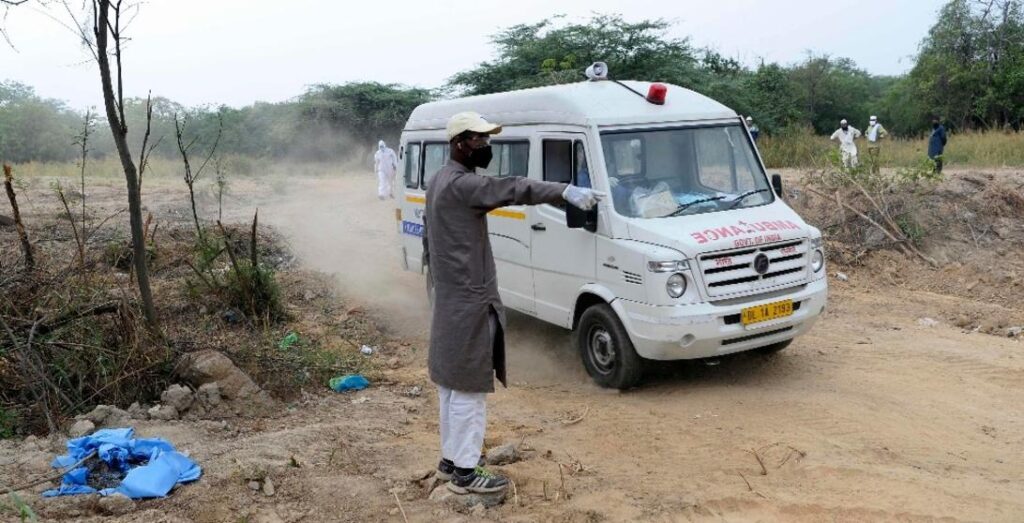
As the number of COVID victims rose in Delhi, more and more bodies needed a final resting place.
And that’s probably why Cemetery Supervisor Mohammed Shamim at ITO cemetery had no choice but to turn families away and risk his life to bury those who died of COVID-19. “I am fighting corona daily. I have not taken a single day off since the lockdown and come to the cemetery every day. I don’t even go to my home and sleep here only as no other person is ready to come here,” Shamim said.
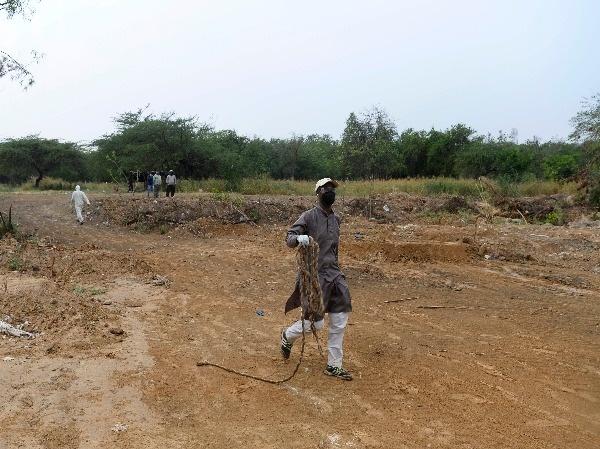
Gravedigger Mohammed Shamim brings a rope to use for burial of a coronavirus victim at a graveyard in Delhi. The death toll from coronavirus in Delhi has reached a reported 176.
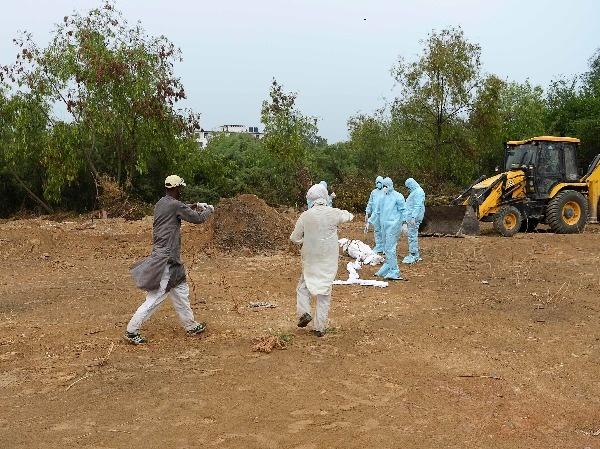
Shamim instructs relatives of a coronavirus victim before burial at a graveyard. As of May 20, the total number of confirmed coronavirus cases in India stand at 1,07,819.
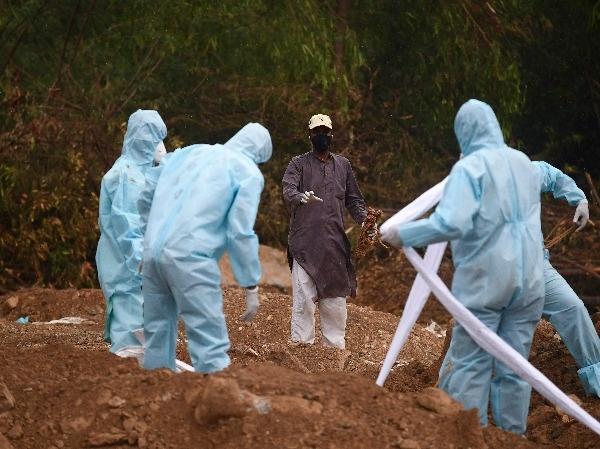
“I’ve been burying the dead for the last two decades. But until now, I’ve never been scared for my own life,” he said to AFP.
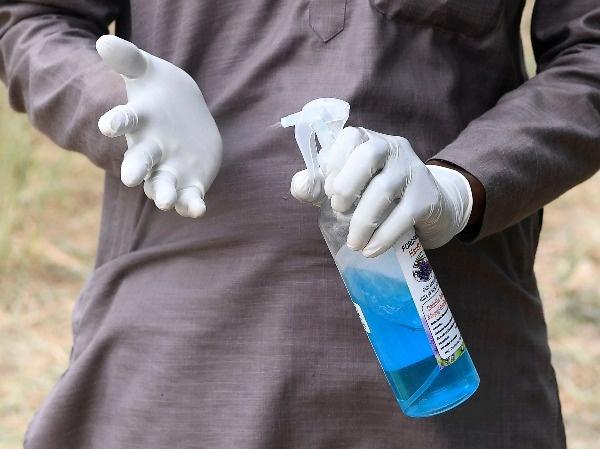
Shamim sanitises his gloves before the burial of a COVID-19 victim. He always keeps a santiser bottle with him.
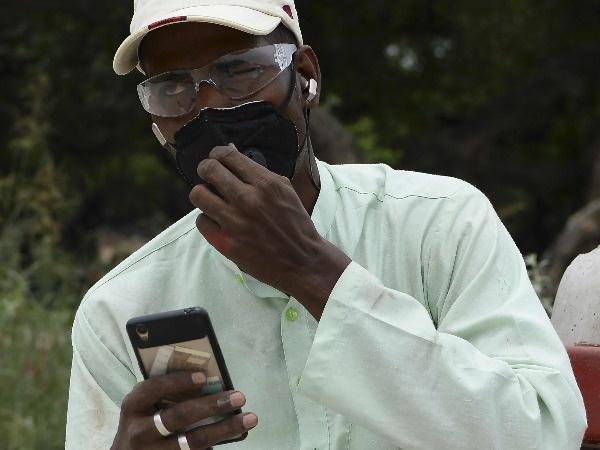
He uses his mobile phone after a burial.
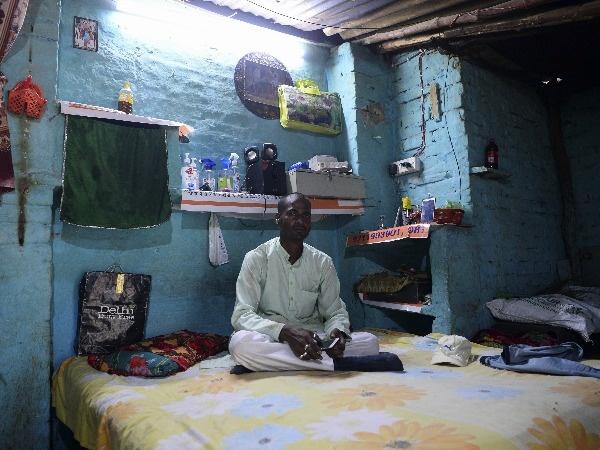
Shamim rests in his room after the burial of a COVID-19 victim. He has moved his four daughters to his parents’ house to prevent the risk of them catching the disease.
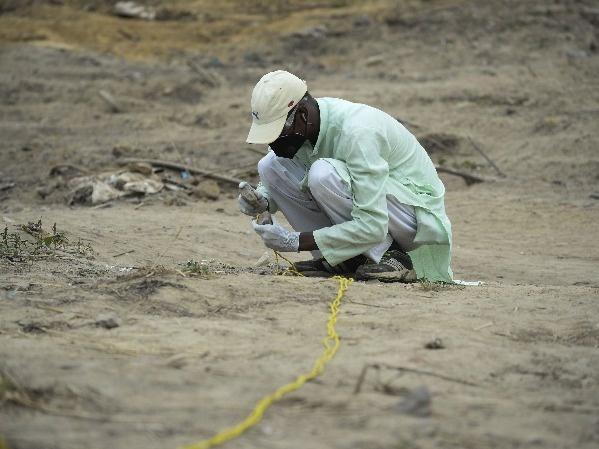
Mohammed Shamim prepares a rope to use it to lower a body into a grave.
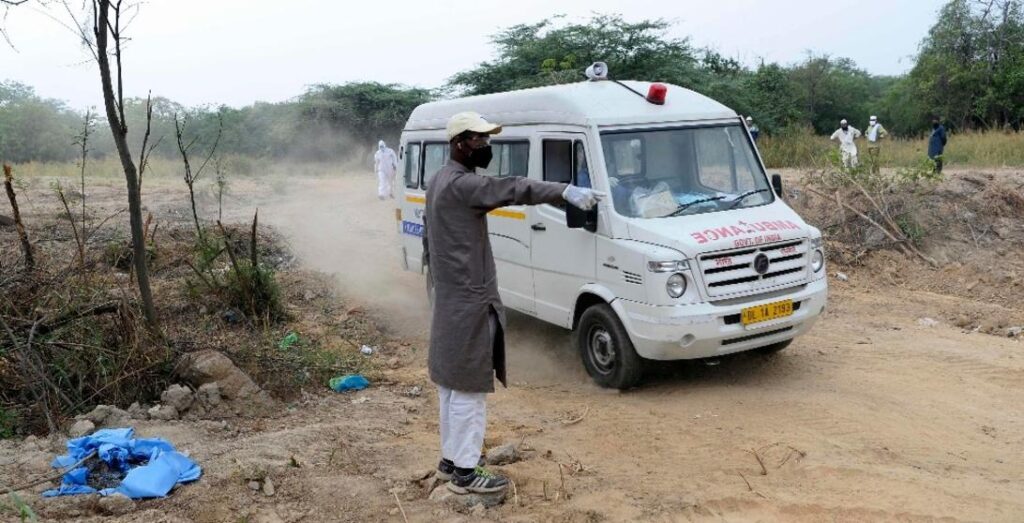
Here, he’s seen directing an ambulance carrying the victims of COVID-19.
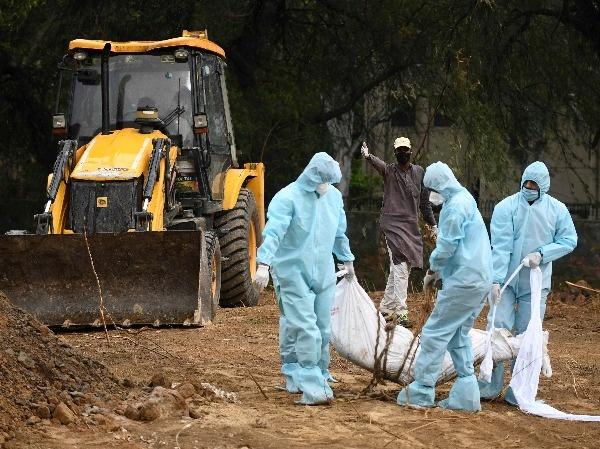
He talks to the relatives and asks them to put on protective suits, gloves, and masks for the burial ceremony.
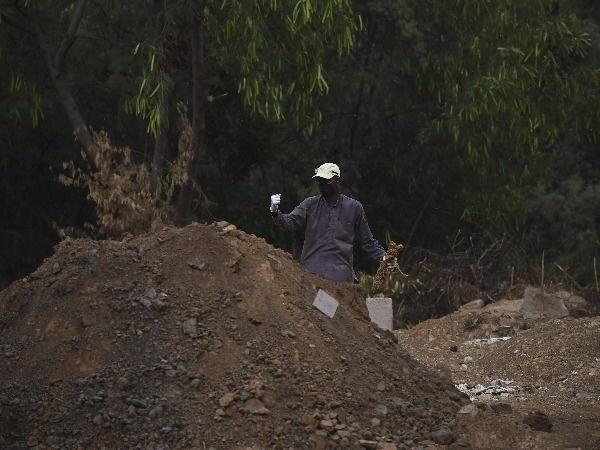
“People just refuse to come help with the burial. What can you do? I have to step in,” he said, describing “heartbreaking” scenes, like when only a wife and a small child came to the funeral of one man.
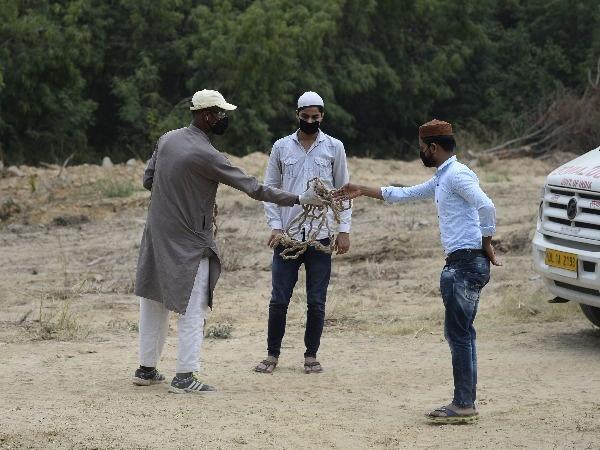
Shamim receives a rope to use for the burial of a coronavirus victim at a graveyard. “I always felt safest around the dead and most vulnerable in the outside world. Now I find it difficult to sleep at night,” he said.
Inputs From AFP
source: http://www.indiatimes.com / India Times / Home> Trending> Social
Relevance / by Bhupinder Singh / Inputs fr9om AFP / July 21st, 2020
